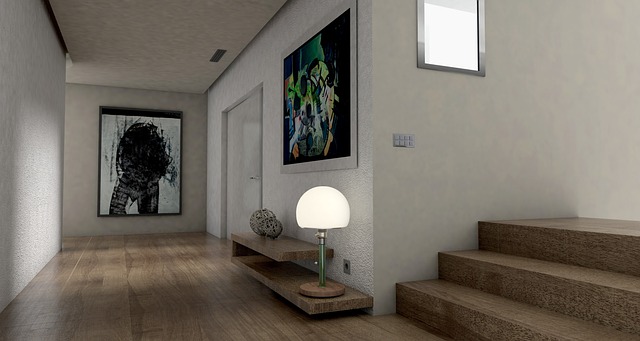As we leap into the future, the realms of Virtual Reality (VR) and Augmented Reality (AR) are revolutionizing the way we approach learning simulation. No longer confined to traditional classrooms, learning has embraced technological advancements that allow us to immerse ourselves in environments that were once the stuff of dreams. Imagine putting on a headset and stepping into a vivid simulation where complex concepts become tangible, and learning transforms into an interactive adventure.
Virtual Reality offers learners the opportunity to engage in scenarios that replicate real-life experiences. Whether it’s piloting a plane, performing surgery, or exploring distant planets, VR provides a safe, controlled space to practice skills and gain knowledge without the fear of real-world repercussions. The sensation of presence in a VR environment can enhance memory retention and deepen understanding, making learning not only effective but also exciting.
On the other hand, Augmented Reality blends digital elements with the real world, creating a dynamic educational landscape. Imagine holding up your smartphone to a textbook and watching 3D models leap off the pages, illustrating complex theories in astonishing detail. AR helps bridge the gap between abstract concepts and practical application, making difficult subjects accessible and engaging. With tools that overlay information onto our existing reality, learners can interact with educational content in a personalized and relevant context.
As we navigate through the metaversum, a collective virtual space where physical and digital realities intertwine, the possibilities for learning simulation expand exponentially. In this expansive digital realm, individuals can collaborate, communicate, and engage in simulations that transcend geographical barriers. Picture attending a global seminar in a virtual amphitheater, where participants from all over the world share insights and learn together. The metaversum not only enhances accessibility but also fosters a sense of community among learners.
Furthermore, the integration of AI and machine learning into these simulations can tailor educational experiences to individual needs. Adaptive learning environments analyze user interactions, adjusting challenges and content to suit personal learning conditions, promoting mastery at one’s own pace. This customization is a game-changer, ensuring that learners are not just passive recipients of information but active participants in their educational journeys.
As we explore the intersection of learning simulation, VR, AR, and the metaversum, we also face important considerations regarding ethics, accessibility, and inclusion. It’s crucial to ensure that these advancements serve all learners, making education more equitable and reaching those who may be marginalized in traditional settings. By prioritizing inclusivity, we can pave the way for a future where learning simulation transcends the limitations of the physical world.
With each innovation in this space, we find ourselves on the brink of a transformative educational experience. The fusion of VR and AR into learning simulation holds tremendous potential, enabling us to approach education with renewed curiosity and passion. As we embrace these technologies, learning can become not only a pursuit of knowledge but an exhilarating journey of exploration and discovery.



